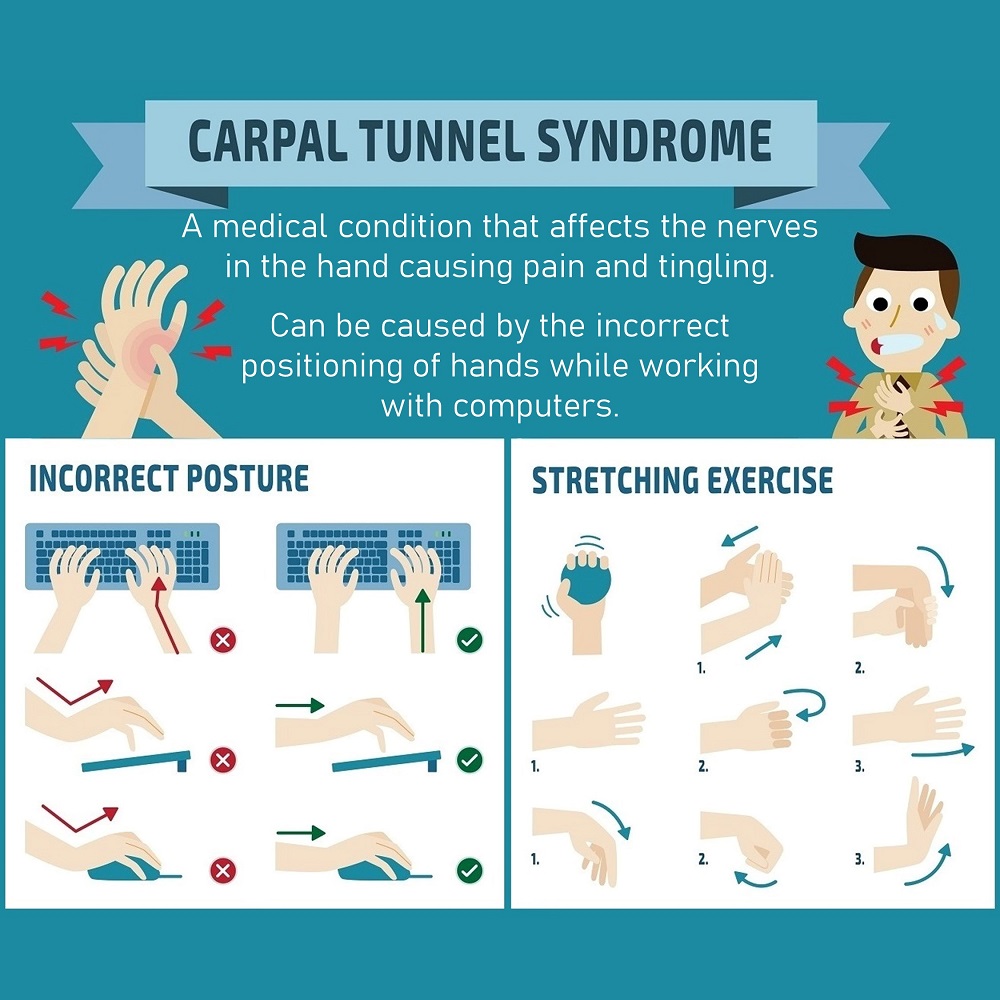Must-know correct postures to prevent and heal back pain 🩻

Even if you don't have neck pain, back pain, or any pain, it is important to practice good postures in your everyday activities as a prevention measure.
Listed below are some of the incorrect postures and how to fix them.
Correct Posture for Sitting on Desk

Your back needs to be straight at a 90 degrees angle.
It is ok to tilt your back and forth every once in a while if sitting straight for a long time makes you uncomfortable.
Start with your elbows.
Bend them on a 90 degrees angle with your body.
Your elbows need to be parallel to the desk or table.

Adjust the height of your chair to achieve the desired position.
Don't use a wrist rest. Try to rest your whole arm on the table or use just the palms of your hands.
Your legs need to be touching the floor at a 90 degrees angle.
If your legs don't touch the floor, use a footrest.
The monitor needs to be about an arm's length from your face.

The top of the screen needs to align with your eyes.
Move the mouse with your elbow, not your shoulders.
Get up and stretch every 30 minutes.

Correct Posture for Sleeping

A correct sleeping posture ensures that your spine is in a neutral position.
In a neutral position, your muscles don't experience pressure, which is vital for a relaxed sleep and to avoid pain in the neck and the back.
Sleep on your side or on your back but not on your stomach!
Sleeping on your stomach is a bad posture because it does not provide a neutral position. When you sleep on your stomach, you have to tilt your head in order to breath with increases the pressure on your neck. Additionally, sleeping on the stomach puts pressure on your internal organs, especially the lungs.

If needed, use a pillow between your legs when you sleep on your side and under your legs if you sleep on your back.
Choose a medium-soft foam mattress to help align your body in a neutral straight position while you sleep.
Your pillow needs to keep your spine straight to relieve any pressure from your neck.

Correct Posture for Lifting Objects

Bend your knees, not your waist or back.
Bend at your hips.
Push with your legs, not your back.
Keep your head up.
Keep the weight as close as possible to your body.
Don't twist your body while holding a heavy object. Stay straight and move with your legs.
Consider pushing heavy objects instead of pulling them.





























